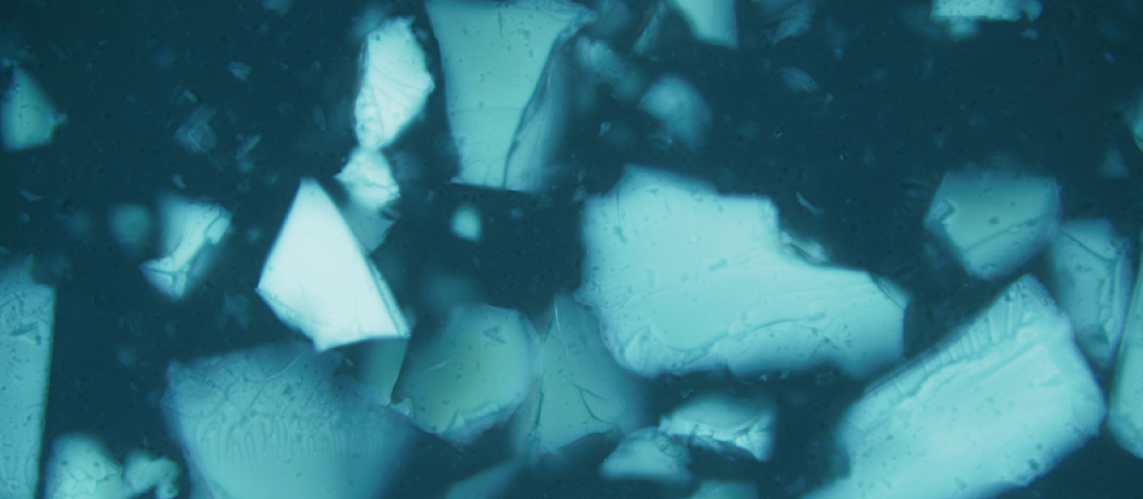
Fluorescence Microscopy
Fluorescence microscopy has extensive applications in biological microscopy, and it can also be used in the examination of minerals, fibers and other polymers and for the detection of fluorescent dyes, pigments and optical brighteners.
In fluorescence microscopy, a sample is excited with high-intensity, high-frequency light, typically generated by a mercury vapor or xenon arc lamp. The light emissions of the sample are observed at longer wavelengths and lower energies in the visible region of the spectrum.
The color and intensity of fluorescence at various excitation wavelengths can provide important information for the characterization and comparison of particles or materials, which, in normal or polarized light, are similar but have different fluorescence.